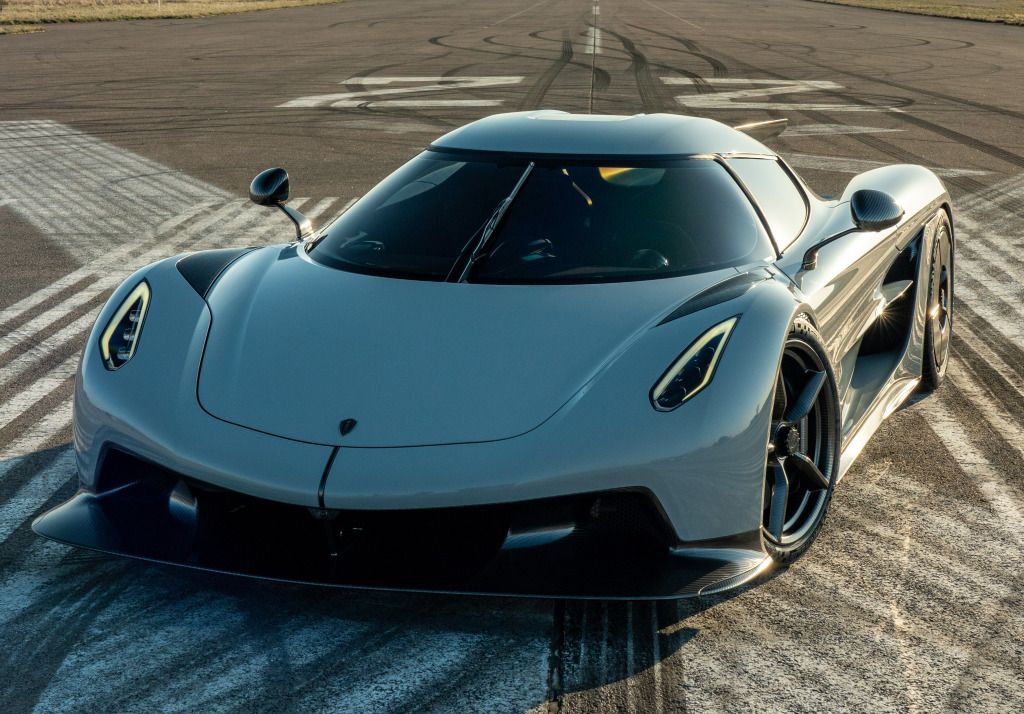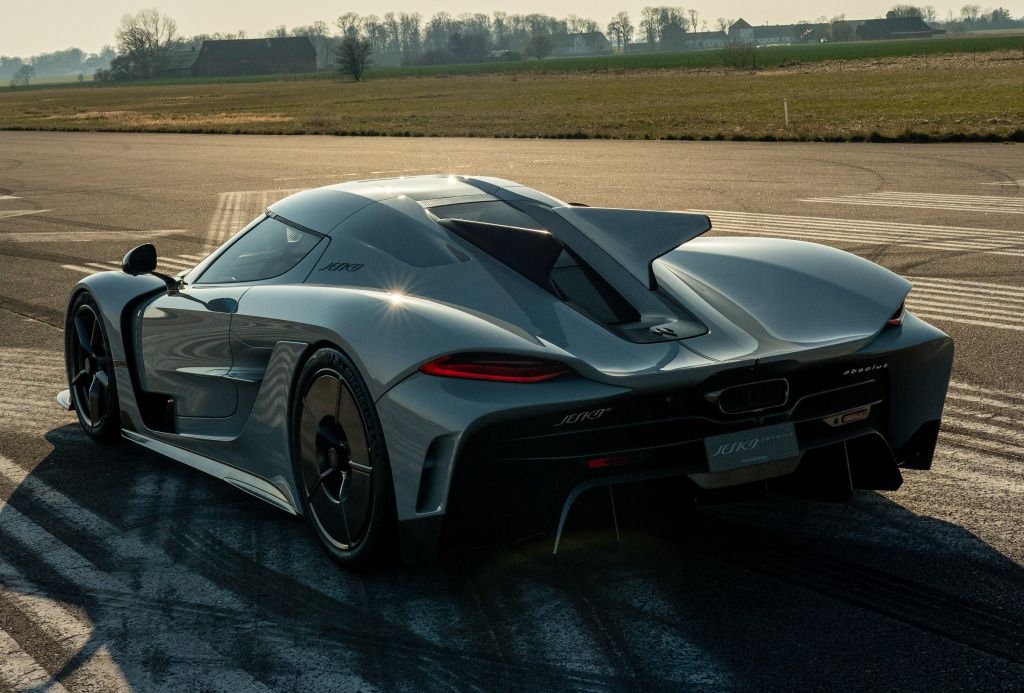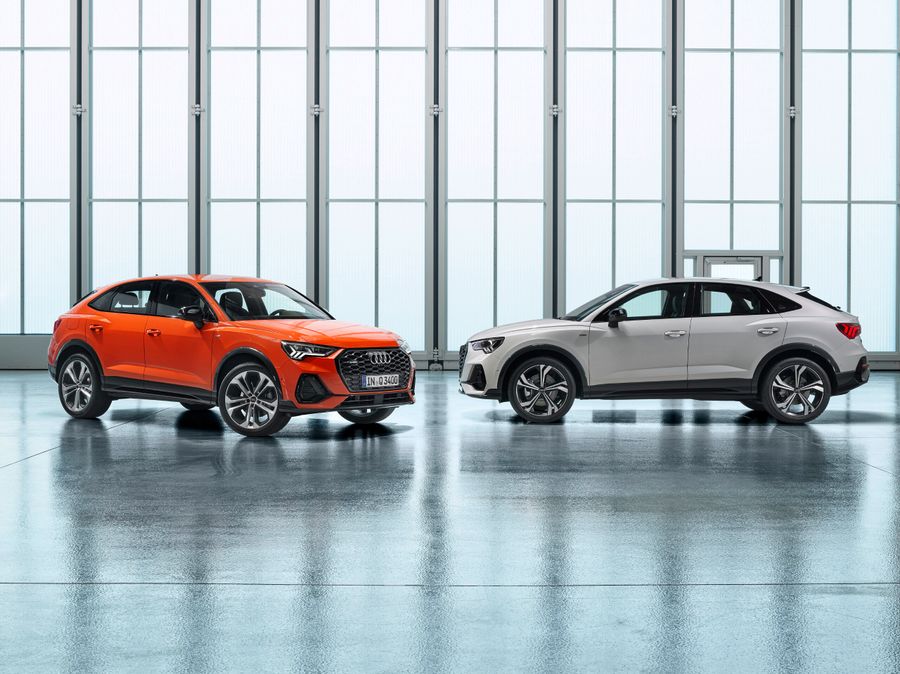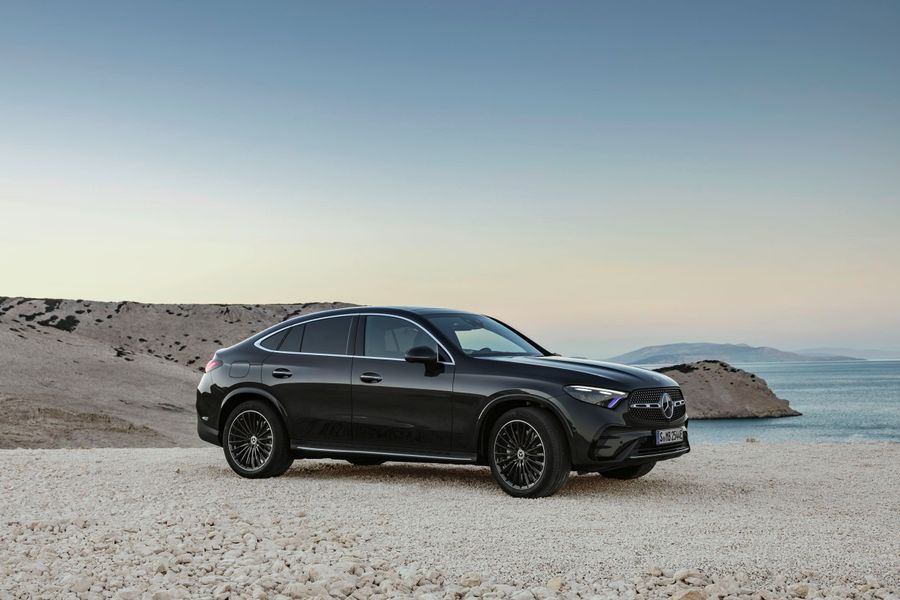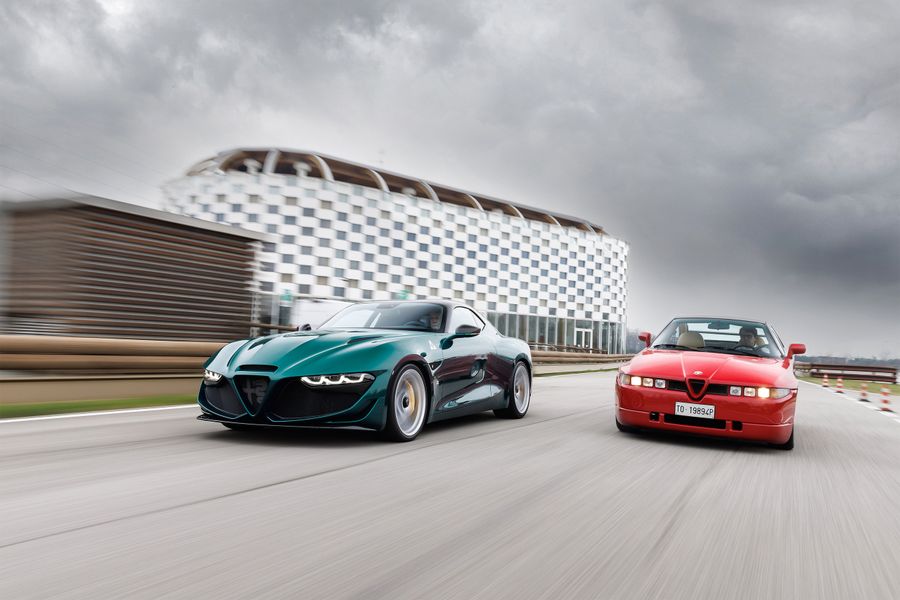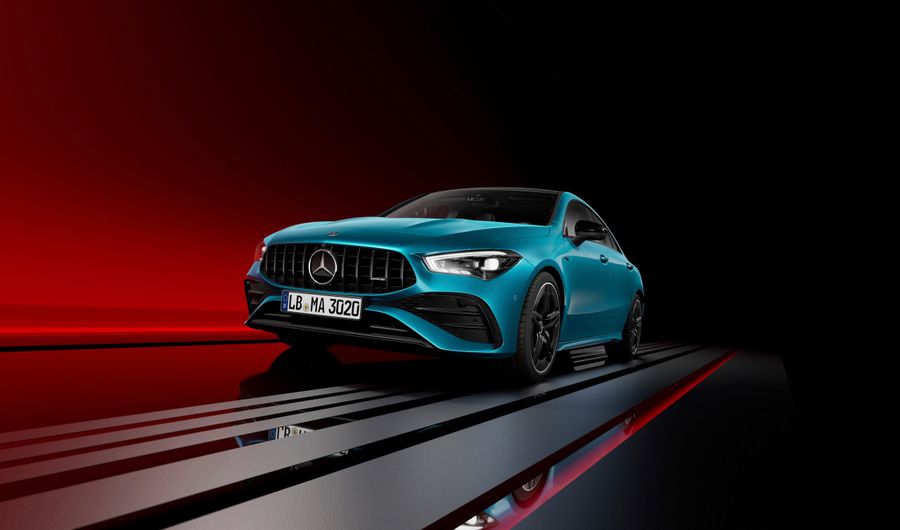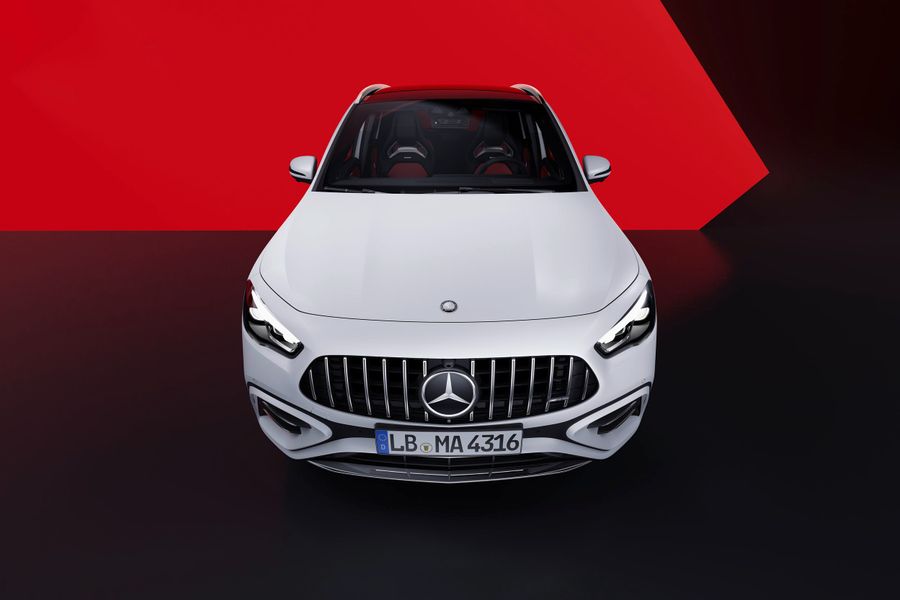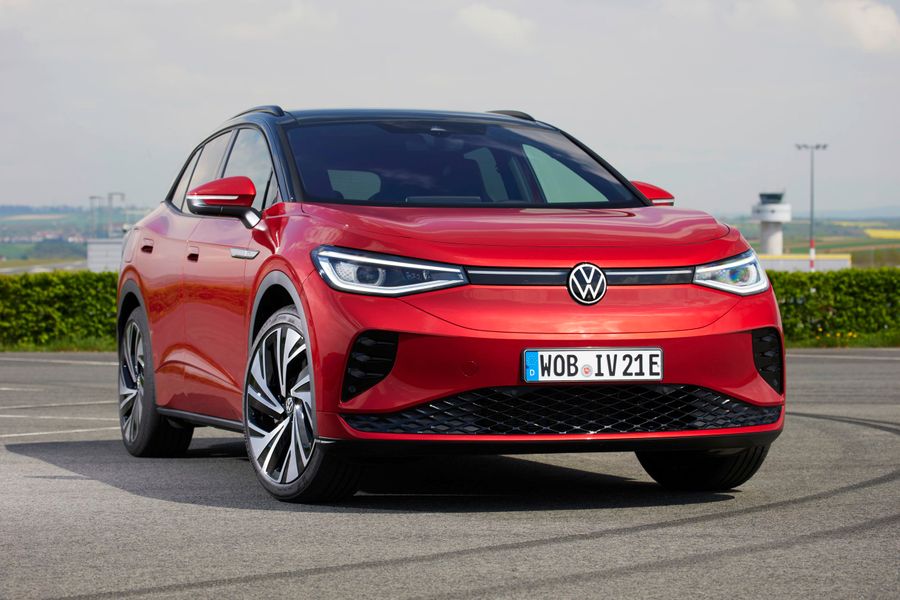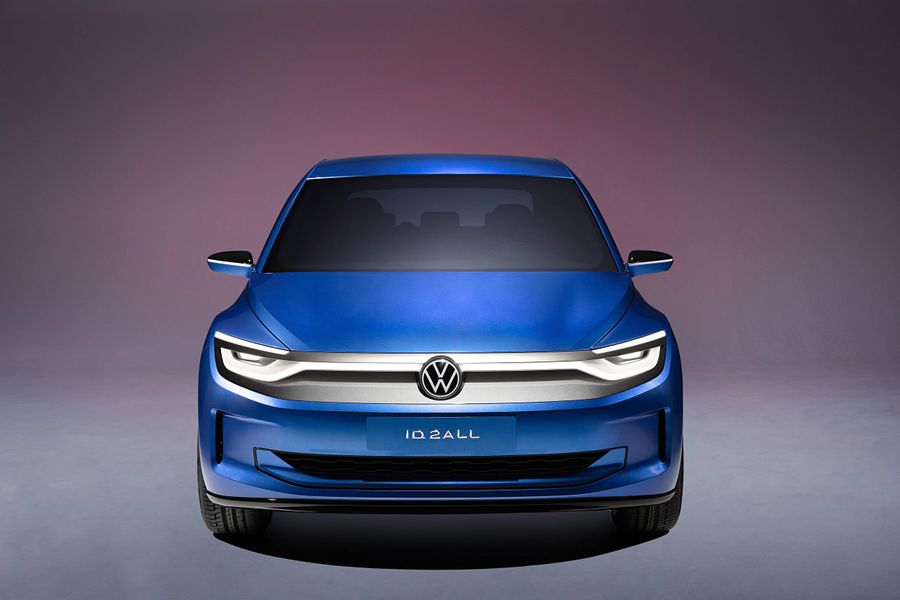
Megacar for the father
The Koenigsegg Jesko coupe is a two-seater megacar equipped with a 1,600 hp engine. The car is produced by the Swedish small-scale manufacturer Koenigsegg Automotive AB. Unveiled at the 2019 Geneva Motor Show, the car was designed to replace the Agera RS and Regera, since they were sold out. The Jesko is an evolution of the Agera RS model. However, these two models are radically different. The full-scale production began in July 2021.
Christian von Koenigsegg, the company owner, named the new megacar after his father, Jesko von Koenigsegg. It was he who helped the young company to cope with many problems at the start, including financial ones. Jesko von Koenigsegg is now in his 80s, but he is still interested in the company’s affairs. At the development stage, the car was named the Dominera, which in Swedish means “domination”, and it figured in advertising products. Christian revealed its real name only at the motor show, and it was a big surprise for Jesko.
The entire batch of the Koenigsegg Jesco models (including the Absolut modification) was sold out within a week. Interestingly, 83 cars were ordered even before the official presentation of the car in Geneva. The remaining cars were bought out five days after the motor show. The price of a megacar starts from $3 million.
The first generation
The coupe has become the most mass-produced two-seater model of the company. Thus, Koenigsegg has decided to release 125 Jesco cars (as of 2020). Production started at the end of 2020, with one car being assembled every week. 125 cars compared to 25 Agera cars and 80 Regera cars is a significant increase. The Jesco will be Koenigsegg’s last car without an electric powertrain.
The model is based on a new monocoque, comprising a sandwich structure made of carbon fiber and aluminum with fuel tanks and a safety cage integrated into the structure. For the first time in the automotive industry, Dyneema, the world’s strongest fiber, is used to reinforce it. The monocoque is 40 mm longer and 22 mm higher than that of the Agera RS. The static torsional rigidity equals to 65,000 Nm/deg. For example, the Bugatti Chiron offers 50,000 Nm/deg. A slight increase in size has made the new megacar a little more spacious, which has improved visibility. The body panels of the car are made of carbon fiber/Kevlar hybrid material.
Engine and chassis
The new Koenigsegg Jesco is equipped with a five-liter V8 engine with two turbochargers on ceramic bearings. When running on regular petrol, this engine is capable of delivering up to 1,280 hp, but if you fill the E85 biofuel into the tank, the engine output will grow to an impressive 1,600 hp and 1,500 Nm, available over a very wide rev range: between 2,700 and 6,170 rpm, the engine delivers around 1,000 Nm of torque. The maximum speed of the car is 482 km/h.
The Jesco features a new transmission. This is a 9-speed Light Speed Transmission that has as many as eight clutches and, according to the creators, is capable of changing gears ‘at lightning speed’. At the same time, the gearbox does not require a sequence in changing gears: for example, using the paddle shifters, you can freely switch from 7th to 4th gear, and if you entrust the control to the electronics, it will itself select the optimal mode for acceleration.
The maximum speed of the Koenigsegg Jesco is 482 km/h.
But the car has much more to offer. The Jesco is equipped with a fully-controlled adaptive chassis: the electronics itself selects the angle of rotation of the rear wheels, depending on the current situation. The equipment includes a Triplex suspension with additional shock absorbers (one for the rear and front axles to compensate for ‘nosedives’) and an active aerodynamics package, which creates up to 1,400 kilograms of downforce.
It should be noted that the standard version of the 2020 Koenigsegg Jesco, featuring a developed aerodynamic body kit and incredible speed characteristics, did not initially intend to set a new top speed record. The Absolut modification was created to fight for the title of the fastest car in the world. The removal of many of the aerodynamic elements responsible for the increase in downforce allowed the drag coefficient Cx to be reduced to 0.278.


